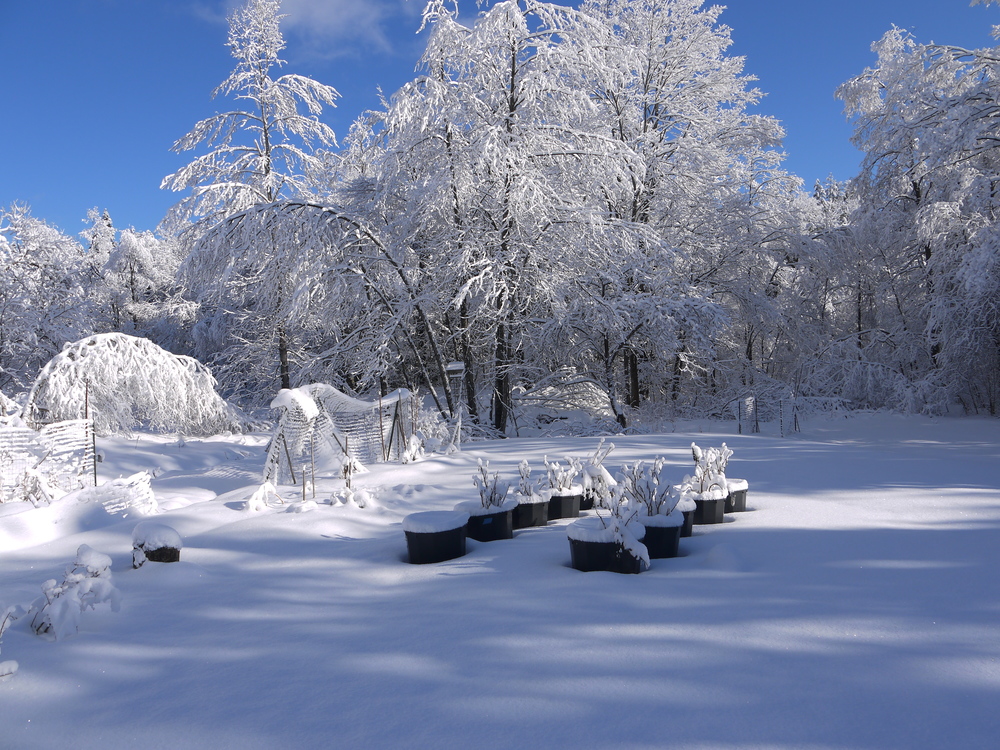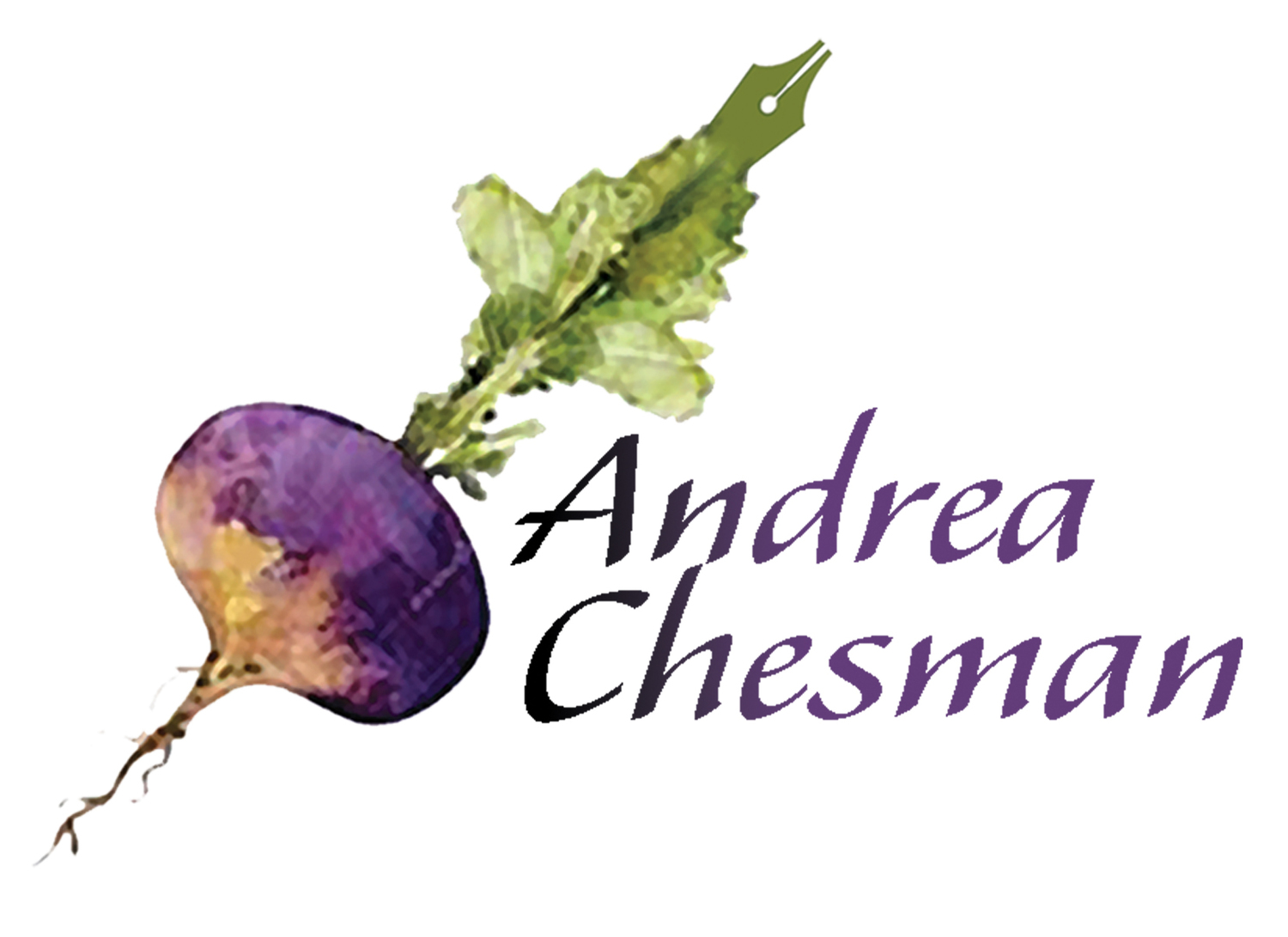It’s time to start dreaming about next summer’s garden. Those catalogs that came in the mail in December aren’t getting any younger and neither are you. The time to start plants will be upon us before we know it. I write this as 3 inches of snow falls today, in preparation of another 3 tomorrow, and following 3 inches yesterday. Yet, spring will come. (I think.)

I’m not one of those people who keeps notes from one year to the next about the garden, nor do I race to plant the newest varieties featured in the seed catalogs. But I call myself a cook who gardens, and as a cook and an enthusiastic pickler, I am done with the traditional cucumbers that everyone grows.
What everyone grows are slicing, or salad, cucumber varieties. There are many different cultivars, but they are all Marketmores to me—and they all have relatively tough, bitter skins and a tendency to be too seedy to make good pickles. And they all yield abundantly. So if you grow slicing cucumbers, you will have too many, so you will make pickles. And the pickles won’t be as great as they should be.
Pickling cukes vs. Mid-Eastern (or maybe Japanese) cukes
Notice the small seeds of the larger, Mid Eastern cucumber. The part where the seeds are larger represents a week of rain. Even then, once the seeds are scraped out, the flesh is firm.
The solution, you may think, is to grow pickling cucumbers. But no, don’t grow pickling cucumbers. They get fat. They get fat and seedy, sometime in the blink of a rainy afternoon. And, they hide underneath leaves, getting fatter and fatter. And don’t get me started on those white and yellow pickling cucumbers, with their tendency to become bitter in adverse weather.
For the last couple of years, I have been growing Beit Alpha and Asian cucumbers – great for both slicing and pickling. These are long, either curved or straight, with generally tender skin. The flavor of the flesh is sweet and slightly aromatic (unlike the neutral wetness of a slicing cucumber). Yes, they require trellising, but the great thing about these cucumbers is that they don’t go from almost ready to be harvested to oversized in a day. They forgive you if you neglect your garden for a day or two.
The Beit Alpha types, also called Mid Eastern types, are especially adapted to hot, dry climates, but I have had good luck with them in rainy, cool Vermont. Lebanese cucumbers are nearly seedless, smooth-skinned and mild, yet with a distinct flavor and aroma.
Asian cucumbers (Fed Co Seeds call them “long-fruited cucumbers), such as Tasty Jade are spiny, slender, and long — as much as a foot long. Leave them on the vine and they just get longer, though after a point, they do become tough. These cukes are mild, slender, deep green, and have a bumpy, ridged skin.
The best cucumbers are ones that you can eat in the garden—all flavor and thirst-quenching crunch. Bring the rest into the kitchen, slice and quickly brine in a little salted rice vinegar with chopped fresh herbs or red onions. Makes me long for summer right now.
This is an almost seedless cucumber.
It’s time to start dreaming about next summer’s garden. Those catalogs that came in the mail in December aren’t getting any younger and neither are you. The time to start plants will be upon us before we know it. I write this as 3 inches of snow falls today, in preparation of another 3 tomorrow, and following 3 inches yesterday. Yet, spring will come. (I think.)



